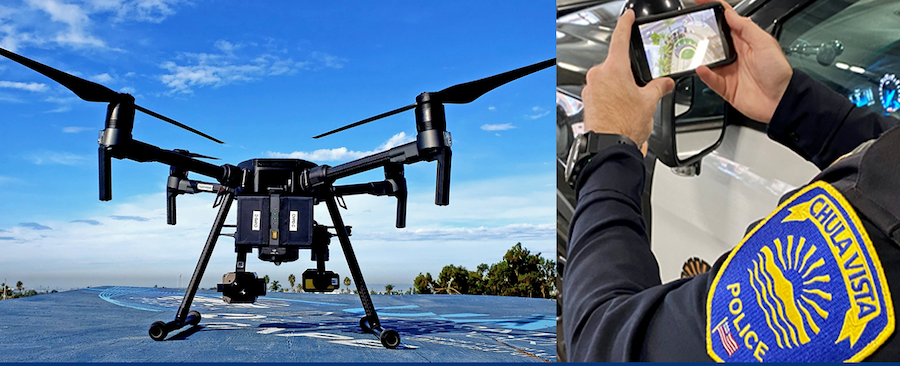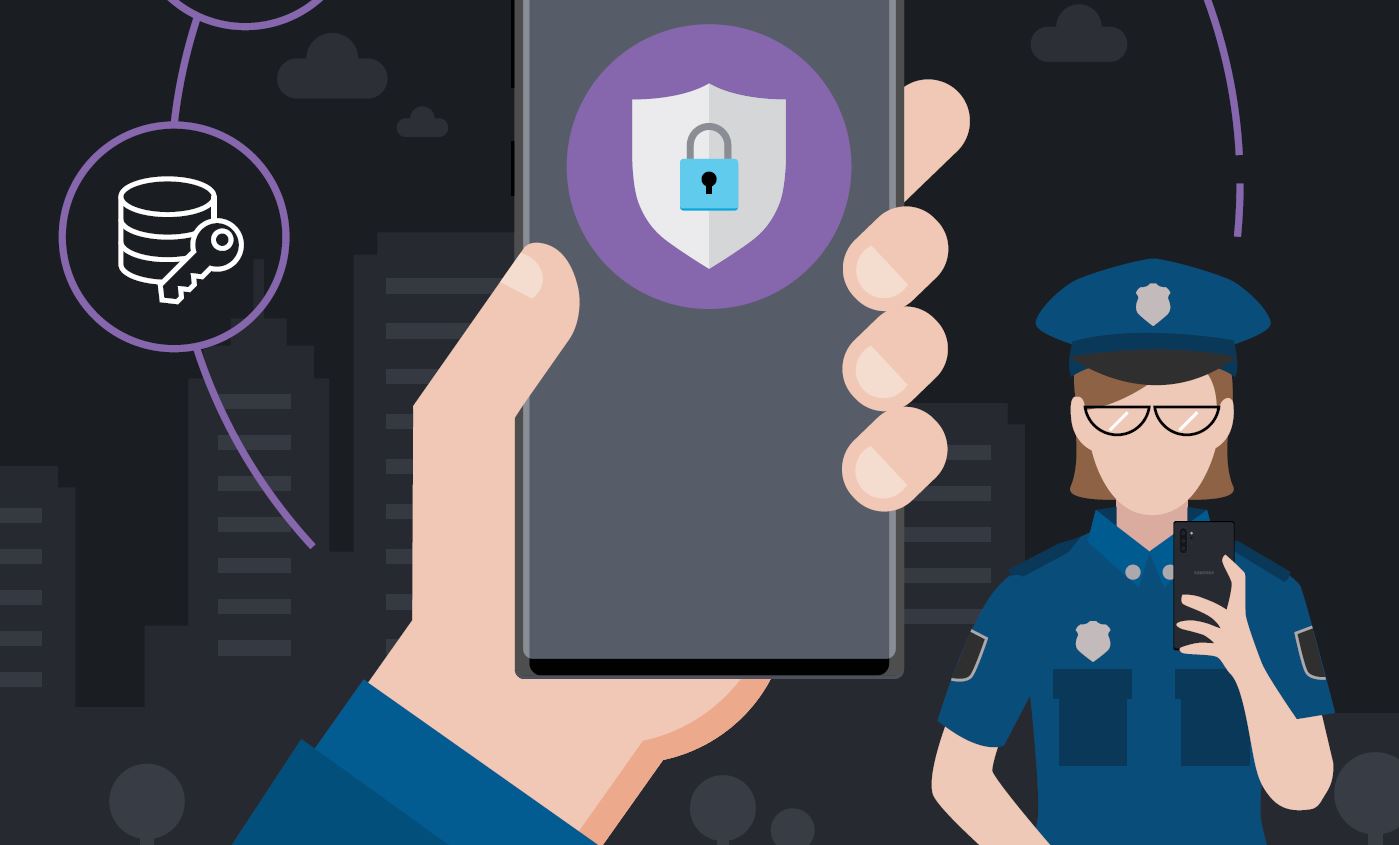The pandemic has been challenging for public safety agencies, especially law enforcement. Concerns over budget, recruitment, retention and community support have become part of every command staff discussion. Because public safety is a 24/7 operation, the vast majority of a public safety organization’s budget — about 85 percent or more — goes toward personnel costs. So when budgets tighten, staffing is disproportionately impacted.
While some leaders are hunkering down and retreating to the basics, others are investing in new technology to achieve force multiplication. As a result, a new paradigm is emerging and, along with it, a new term: the “connected officer.” The concept is straightforward: Officers equipped with smartphones can work more effectively and efficiently because they have ready access to the information they need, no matter their assignment or proximity to a patrol car. And the utility of a smartphone means a single device can serve many purposes.
As personnel costs continue to increase, public safety agencies are utilizing technology to mitigate the impact of smaller staffs by allowing every officer to be more efficient. One of the most effective ways to stretch a public safety budget while improving operational capabilities is a full smartphone deployment — giving a mobile device to every officer.
The Chula Vista Police Department story
The Chula Vista Police Department (CVPD) in Southern California serves a population of 275,000 people, with authorization for 255 sworn positions. That’s a staffing ratio of fewer than 0.93 officers per 1,000 civilians, one of the lowest in the entire country — and significantly less than the nation’s average ratio of 2.4 officers per 1,000 civilians, as reported by the FBI. But CVPD has managed to keep serving its residents by strategically leveraging new technology, including smartphones.
Achieve mobile CJIS compliance at your agency
Get expert, practical advice for your mobile deployment so you can be both connected and compliant. Download Now
Deploying smartphones to all personnel has been a key factor in CVPD’s success. And this connected officer approach has served as a foundation to layer additional technologies on. CVPD’s smartphones are CAD-enabled, CJIS-compliant and provide real-time geolocation for each officer, rather than each patrol car. What’s more, the devices can receive live-feed video from CVPD’s nationally recognized Drone as a First Responder program.
CVPD officers use their smartphones to gather evidence, dictate reports, manage body-worn cameras (BWCs), conduct in-field fingerprint checks and access city-controlled CCTV devices. A pilot effort is underway to evaluate the effectiveness of replacing conventional patrol car computers with smartphones that use Samsung DeX plus a dedicated display and keyboard. A single smartphone could support all the computing needs of an on-duty officer — whether they’re in the field, in their car or at the station.
Expanding role of mobile
In addition to their smartphone deployment, CVPD is using a new concept known as Live 911, which allows officers to hear nearby incoming 911 calls and initiate response before the call has even been completed or fully dispatched. The agency is also evaluating “Green Wave” technology, which uses the agency’s CAD system to recognize priority requests for service (which are user-configured) and facilitate response by engaging with smart traffic signals — resulting in safer, more effective responses to 911 calls that might not warrant a siren but still require an officer on scene as soon as possible.
But efforts like these don’t just happen; they take committed leadership. “We will never have the funding available to provide us with all the officers we need,” explains CVPD Chief Roxana Kennedy . “So we have to look at ways to make them as effective as possible. And we have to be creative.”
Kennedy stresses the importance of balancing the community’s expectations with the realities of policing. This means assuring the public that policing technology will be used responsibly, citing the drone program as an example. “We’ve been very transparent,” says Kennedy, “and everything we do is documented on our website. The thing I balance is that these [drones] are deescalation tools and it’s important that the officers have all the real-time information possible so they can make the best decisions.”
Eric Wood, CVPD’s IT manager, has overseen the agency’s connected officer effort since its inception. CVPD Captain Don Redmond manages special projects and oversees the agency’s drone program. Wood and Redmond recently presented an in-depth webinar, entitled “Paradigm Shift: A Mobility-First Approach Provides Powerful New Capabilities.” During the webinar, Wood shared that CVPD is currently using the Galaxy S10 and showed a slide that documented 20 unique apps now accessible to officers through their smartphone. The webinar was sponsored by Samsung, and you can view a recording here.
As forward-thinking police department leaders strive to increase officer effectiveness while improving their safety, technology will likely play an ever-increasing role. Using smartphones to untether officers provides them greater flexibility and ensures full access to mission-critical information, regardless of their assignment.
To learn more about how to plan a successful mobile deployment at your agency, download this free white paper. To learn more about achieving CJIS compliance on mobile devices, download our comprehensive CJIS compliance guide, which provides practical advice for agencies deploying smartphones and tablets. You can also review a recording of a recent webinar that features CVPD tech accomplishments.









